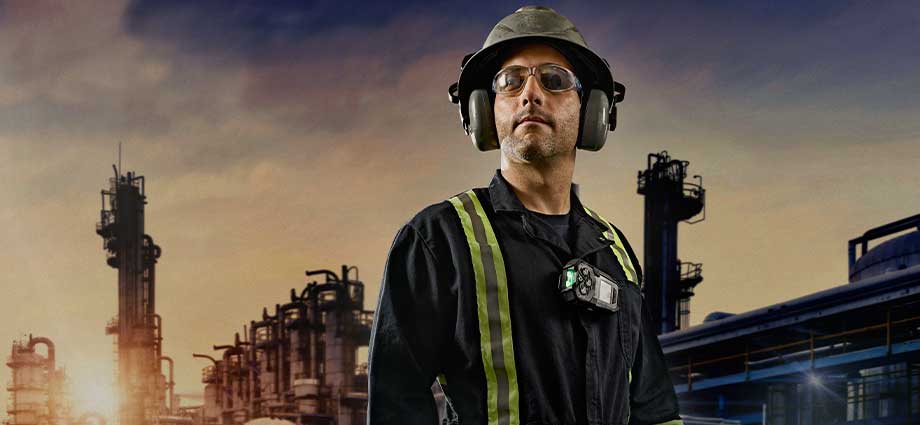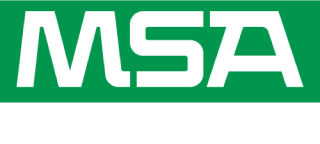
Traditionally, greater safety levels have been achieved by constantly improving processes and applying best practices. But translating those seamlessly to the plan floor can be challenging, and any minor incident can lead to inefficiencies and potential downtime.
Fortunately, advancements in cloud-based technology and the availability of user-friendly devices are game-changers. Companies are using connected devices and intuitive software platforms to help drive positive safety outcomes without sacrificing productivity. This proactive approach supports workers’ safety and overall organizational goals. Here are 5 ways cloud technology is helping to improve and strengthen workplace safety
1. Enhancing a Culture of Safety
Data shows that employee engagement and awareness are key indicators of safety outcomes. According to the Society for Human Resource Management (SHRM), one organization discovered “engaged employees were five times less likely than non-engaged employees to have a safety incident and seven times less likely to have a lost-time safety incident.”
Giving workers the tools needed to observe, communicate and take action helps drive accountability. With cloud-based solutions that consolidate data from gas detectors, teams from multiple departments can use this data to identify behaviors that can mine safety goals and act on them. For example:
- Safety managers use this information to develop targeted training sessions.
- Risk assessment teams highlight potential hazards and the probability of incidents.
- Plant managers identify the root causes of the behavior and its effect on operations.
After all, cloud technologies don’t replace human interaction. Instead, they provide the right tools to build upon and help to fortify your existing safety culture.
2. Centralizing Data to Support Efficiency
Siloed departments within organizations are a thing of the past. Teams need access to data and each other. A transparent environment, with integrated practical connectivity, can support operational efficiency in many ways. For example, connecting your portable gas detectors to the Safety io Grid Fleet Manager services helps safety managers spend less time on administration tasks like:
- Collecting and recording data from devices
- Creating Incident Reports
- Recording data for compliance
By being more efficient with:
- Assessing data logs
- Making informed decisions
- Managing and maintaining the fleet
With centralized data, safety managers can spend less time on administration and more time monitoring and improving their programs.
3. Improving Performance with Total Visibility
Cloud solutions improve administrative efficiency from the safety side, but they also positively affect operational performance. A great example is worker readiness to perform a given task. If any safety equipment is missing, downtime can happen.
The Safety io Grid Fleet Management Services identifies when equipment needs maintenance — so leaders can use this information to develop proactive maintenance plans and reduce workers’ risk of not having the correct devices or properly calibrated devices before operationalizing any work order.
4. Driving Time-Critical Responses with Real-Time Data
Timing is critical in gas detection. Every extra second it takes to respond to an emergency increases risk. When using always-connected portable gas detectors, safety managers receive alerts about panic-button presses, man-down alarms or device issues.
Real-time data helps leaders rapidly issue individual or group evacuations. Furthermore, the Safety io Grid Live Monitor shows employee locations and movements aided by satellite and street views. Leaders can use this information to assist emergency teams and account for workers.
5. Boosting Safety Awareness with Fewer Delays
Having on-demand access to data helps safety managers handle and learn from incidents. Leaders don’t need to wait until a report is generated or a meeting is held.
Instead, they can access data from their internet-connected device at any time. Safety managers can use the information for on-the-spot training opportunities or to provide feedback about a near-miss while it’s still fresh in workers’ minds.
Empower Safety Teams With Cloud Technology
Managing workplace safety isn’t easy. However, leaders can use cloud technology to harness big data, boost employee engagement and help to reduce risks. With the combination of data accessibility and insights from the Safety io Grid Services, safety teams can proactively manage essential safety elements of their gas detection program with increased efficiency, helping to achieve improved safety outcomes and uptime. Safety io services take you to a connected safety program and all its benefits, starting with your gas detection program. Learn more about Safety io here.
Sources
https://www.shrm.org/hr-today/trends-and-forecasting/special-reports-and-expert-views/Documents/Employee-Engagement-Commitment.pdf Accessed December 20, 2020.







